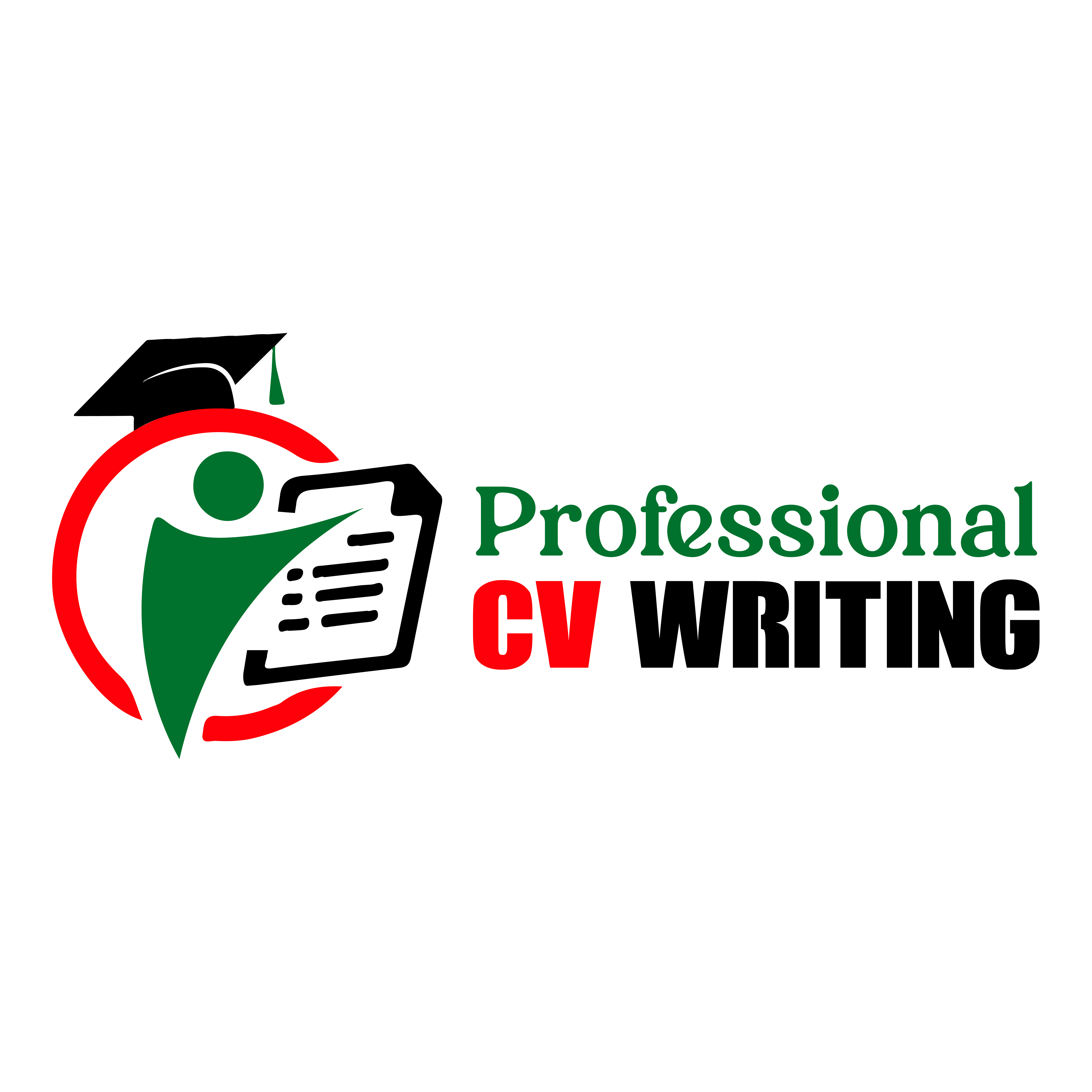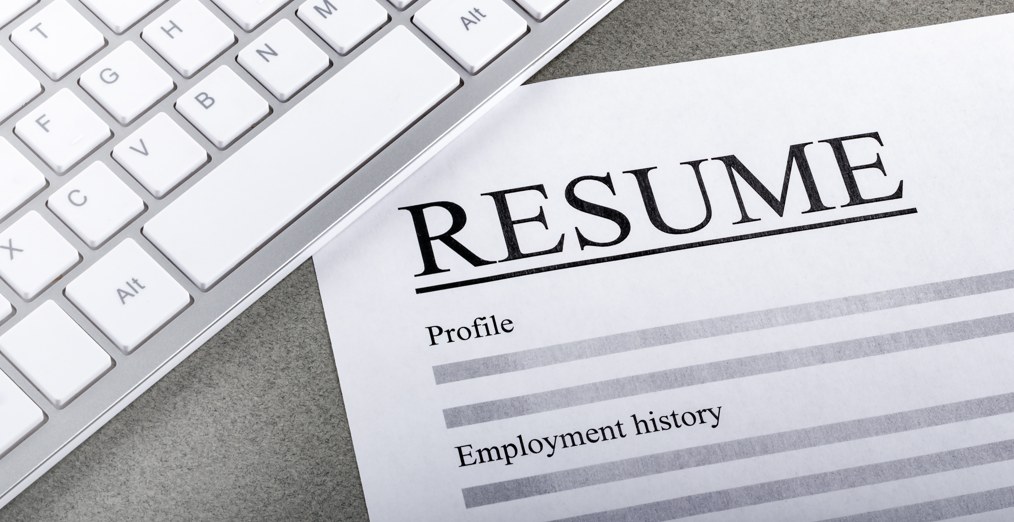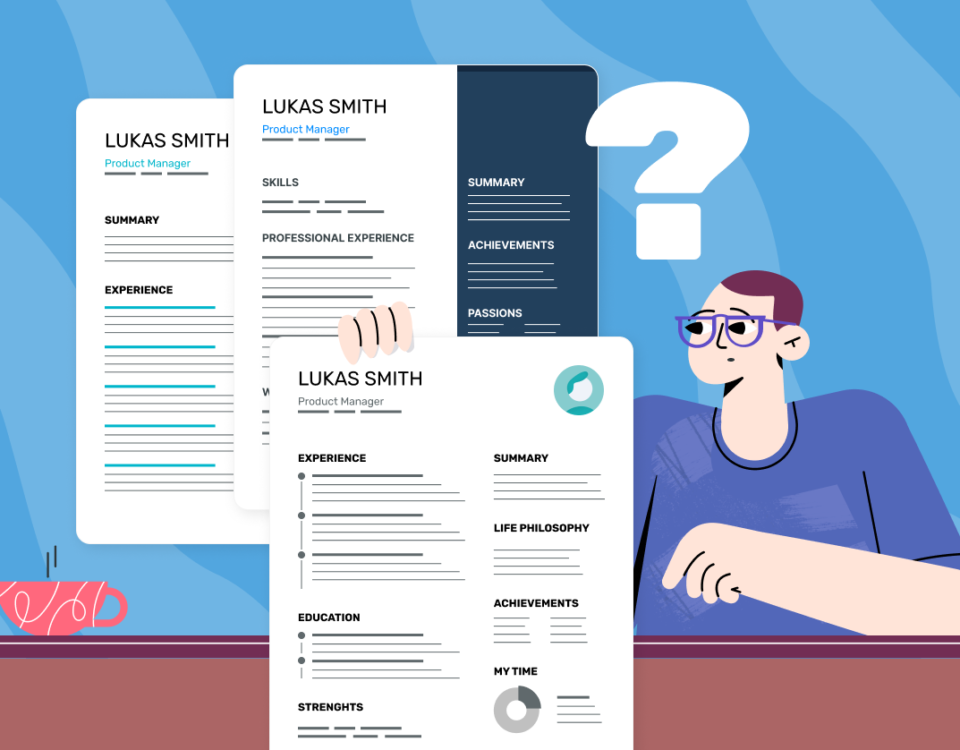Best Fonts and Formatting Tips for Creating a Professional CV

How to Write a Resume That Gets You Hired
August 24, 2024
Advanced CV Writing Strategies
September 7, 2024Your CV is usually the first impression you make on an employer, and how it looks can be just as important as what is in it. Fonts and formatting are part of what makes your book easy to read and look professional or appealing. In this article, we will cover the top-rated fonts and formatting tips to use on a professional CV that catches everyone’s eye in 2024.
Choosing the Right Font
The font that you choose for your resume can dramatically affect the way in which it is seen. Overall, the best fonts to use in a professional CV are
Calibri: This sans-serif font is a product of the new millennium and is ideal for a resume. Their website is both clean and professional; it also looks good on screen as well as in hard print. The rounded corners allow Calibri to appear both cordial and professional.
Arial: It is a commonly used sans-serif font. It’s simple, clear, and works on anything. Arial: Arial is a default choice for many who want their typeface to seem more ’round’ and conventional.
Times New Roman or serif font is the default. However, it is formal and authoritative professional writing, which has been a top standard for decades. It is less modern than others,
Verdana: Verdana is one of the most popular font styles on digital platforms and can be an excellent pick if you are submitting your resume online. Its tall height also contributes to making it pretty legible, even in small sizes.
The top CV writers in Dubai blend regional market know-how with tailor-made content to create effective curriculum vitae that magnify your core strength. They also know the landscape of other applicants and are able to write a C.V. that meets less or more pearl demands. And you can answer right so that they see you as the perfect fit.
Font Size and Spacing
Proper font size and spacing are essential in making your CV reader-friendly. Here’s how to get it right:
Font Size: Keep the size of your font between 10–12pt for body text and upwards of this for sub-h​deadlines. It sets a base for text to be readable, which is too large and not so small. Headings should be larger, around 14–16 points, to distinguish parts of your story.
Spacing between Lines: Suitable line spacing will prevent your text from appearing crowded and, therefore, make it more legible. In general, line spacing should be 1.15 to 1.5. This gives your content some room to breathe without consuming too much space.
Margins: Utilizing 1-inch (2.54 cm) margins all around your professional CV gives a similar profile to the best balance of success that you can have on paper.
Headings/Sub-Headings/Bullet Points: Using bold or capitalized font is an excellent way to distinguish different sections, e.g., Professional Experience vs. If you require more room, try reducing the margins a little but do not go under 0.5 inches again to guarantee your resume stays legible and professional looking.
The Bold, Italics, And Underline Format
Using this sparingly is necessary so only a few words about any set of important information in the profile seem to be bold type, underlined, or italicized (or an array of all three):
Bold: Bold text helps to make content more scan able, so it is great for things like your name, job titles, and section headers. It helps highlight key information on a single card.
Use Italics for Font Emphasis: Use italics to call attention to minor details such as dates of employment or company names. This isn’t fucking white boarding; it merely adds a whisper of an accent without taking away from the meat and potatoes.
Consistency is Key
A good-formatted resume must have proper formatting. Here’s how to maintain it:
-Headings and subhead Headlines: Make it a point all headlines and subtitles throughout the CV are in one concord. To put it another way, if you title all sections 14-point and bold, make sure each one is formatted like that.
-Bullet Points: Each job you list is followed by a series of bullet points outlining your responsibilities and achievements at that job. The use of bullet points: This breaks up text and enables people to scan your professional CV. Consistency is key, so if you are going with round bullets, stick to them throughout the document.
-Align: Make sure to left-align all of your text for a clean, polished look. Using center-aligned text or justified makes spacing in your CV almost impossible, so avoid these styles of text.
Length and Layout
A perfect CV should contain everything you need to know from you; however, it is not as busy as it loses the reader. Here is what to do about length and layout:
Length of CV: A good rule is to keep your professional CV no more than two pages long. You should be able to go in-depth about your experience and skills while remaining interesting enough for the reader. It is standard to say that you should not have a 1 page CV if you are early in your career.
– White Space: Never fear white space; it is your friend. It will break out sections and help make your CV more visually appealing. Do not crowd too much information in one place, as it can make your CV look cluttered.
Reviewing and Polishing it up
You are polishing your job application before you send it out. Great, now I have spent hours on my professional CV and Cover letter for yet another agency to never speak of me in 2018 again.
Proofreading: Grammatical and spelling errors can kill the professionalism of your resume. Make sure to proofread your document or get a friend/colleague to read it through.
Consistency Check: Triple-check all lines for consideration; check if the font size is the same, if bullets are set in place properly, etc. These small inconsistencies can take away from the overall quality of your professional CV.
Conclusion
Writing a CV is not just about adding your credentials and experience; it also serves as a looking document. With the right use of font, formatting consistency, and attention to detail, you can create a professional CV that not only distinguishes itself from others but also makes employers remember it. Just a friendly reminder: your CV represents you as an individual professional it should be one that you have confidence sharing!




